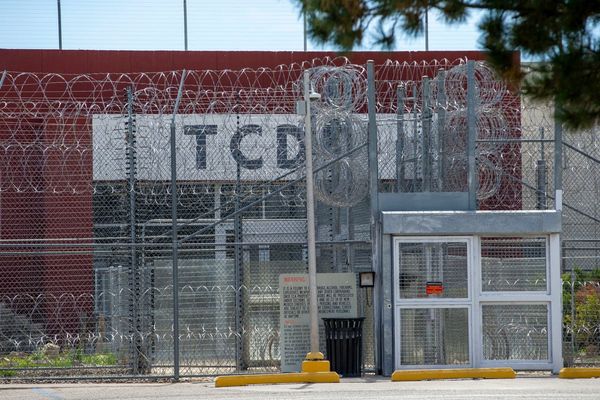The government is set to miss a key manifesto pledge to cut NHS waiting times, experts warn, as Labour fails to get a grip on the crisis.
The party promised that 65 per cent of patients would be treated within 18 weeks by the end of this parliament – a target that has not been met for over a decade.
However, a new analysis by the Health Foundation think tank suggests that while the government will considerably reduce the waiting list, it is likely to fall just short of hitting this target by July 2029.
The current NHS waiting list stands at 7.4 million, down from 7.6 million when Labour came to power in July 2024, and if the trend continues, it is likely to be 4.7 million by the next election.
Dr Francesca Cavallario, Senior Analytical Manager at the Health Foundation, said: “The government has clearly made progress in reducing NHS waiting times. But on current trends, our analysis shows that the NHS would just fall short of meeting the 18-week standard by the end of the parliament.
“The scale of the challenge remains significant, and even getting close to meeting the target would be a considerable achievement... There are several factors that could hold back progress, including whether future referrals rise faster than expected and the potential impact of further industrial action.”
She also warned that by placing so much emphasis on the 18-week target, the government risks making progress on other areas, such as improving access to GPs.
The Health Foundation report, published on Thursday, found that despite meeting and exceeding its pledge to deliver an additional 40,000 appointments every year, progress towards improving waiting times has only been “modest”.
It said overall, the waiting list was in “slightly better shape” than when Labour took office; however, it said that it was difficult to know how much of this could be attributed to policies introduced by the new government, particularly as it has taken a “broadly similar approach” to the previous Conservative government.
Experts also heard that NHS trusts found themselves between “a rock and a hard place” last winter due to pressure to meet elective targets and manage urgent emergency care performance.
Researchers analysed increases in referrals and the number of people removed from the national waiting list to calculate the current trajectory. They said their calculations are not a “prediction” as a number of factors could impact the trend and the number of patients removed from the list, including those who have completed and or started treatment and those taken off for “unknown reasons”.
Researchers said it was impossible to tell, based on the current data, whether patients have been inappropriately removed from the national waiting list, but said it could be of “concern” given the lack of information in the data.
The report pointed to a “glitch” in the NHS’s e-referrals system, which means patient referrals are deleted after 180 days if there has been no action on that referral.
The government has also set interim targets for March 2026, which promise that every NHS trust would meet a target for 65 per cent of patients being seen within 18 weeks of referral and that waits of longer than 52 weeks would be less than one per cent of the national waiting list.
If the current pace remains, the NHS is set to slightly miss the target, instead reaching 63.4 per cent by March 2026.
On the target for patients waiting more than 52 weeks, this is likely to be 2.2 per cent of the waiting list by next March – again narrowly missing the target.
Although the report highlighted that as more patients are removed from the waiting list than referred to it, then by the end of the next parliament, 92 per cent of patients will be seen within 20 weeks – a waiting time that has not been seen since 2017.
As the NHS faces strike action threats from doctors, nurses, and other staff, the Health Foundation said it had previously estimated that industrial action only had a “limited” direct impact on operations and appointments.
However, it said “direct impact of additional strikes and the indirect impact on efforts to improve productivity could compromise future growth in removals, taking the government further away from the 18-week target”.
The Department for Health and Social Care and NHS England were approached for comment.
Disabled children facing ‘national crisis’ as thousands wait months for wheelchairs
Government could fall short on pledge to cut NHS waiting lists, analysis finds
Huntington’s treatment slows disease for first time in major breakthrough
Missed appointment linked to increased risk of breast cancer death
A death from heart disease takes place every three minutes, charity warns
Ben Affleck and Jennifer Garner’s daughter advocates for Covid protections at UN







